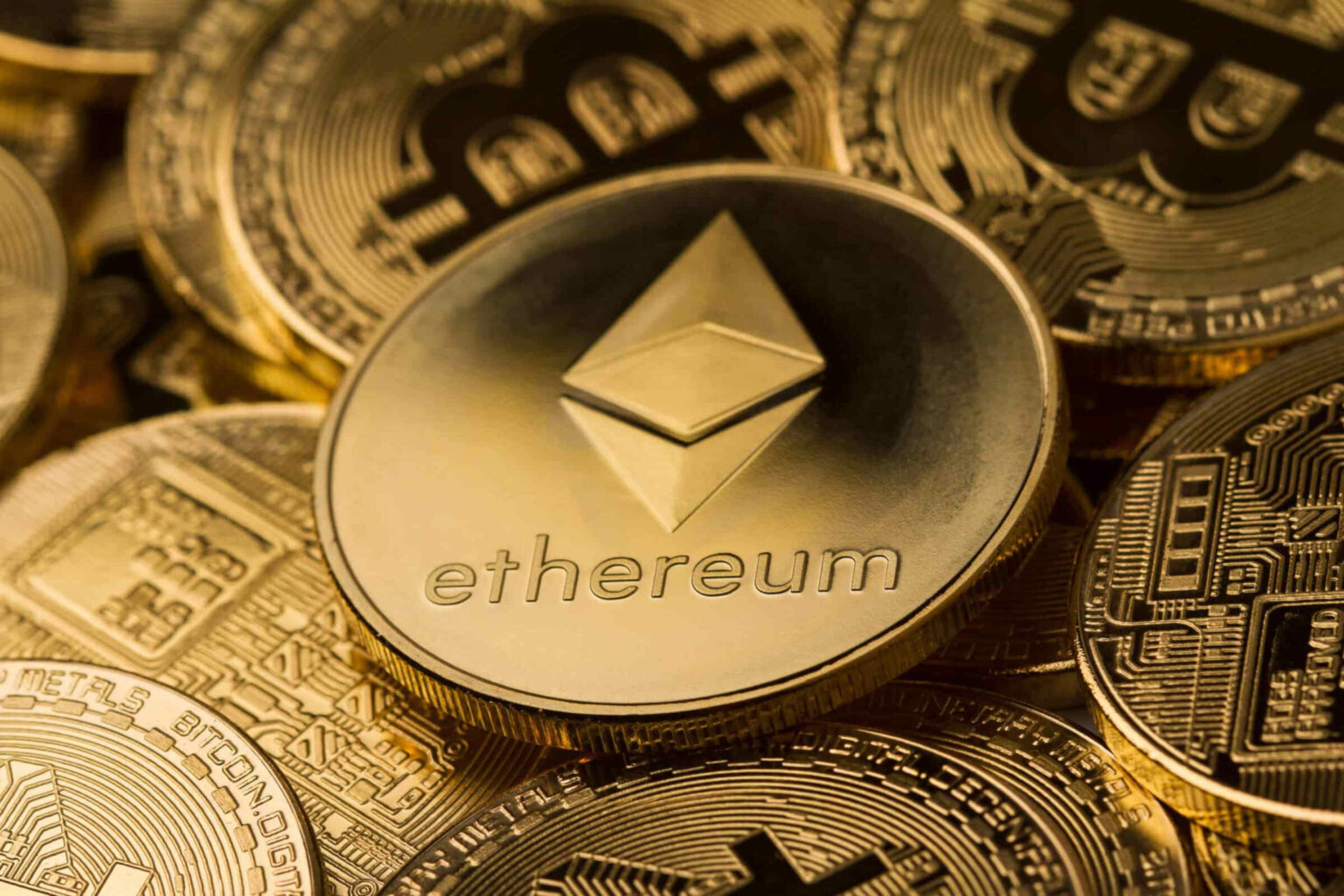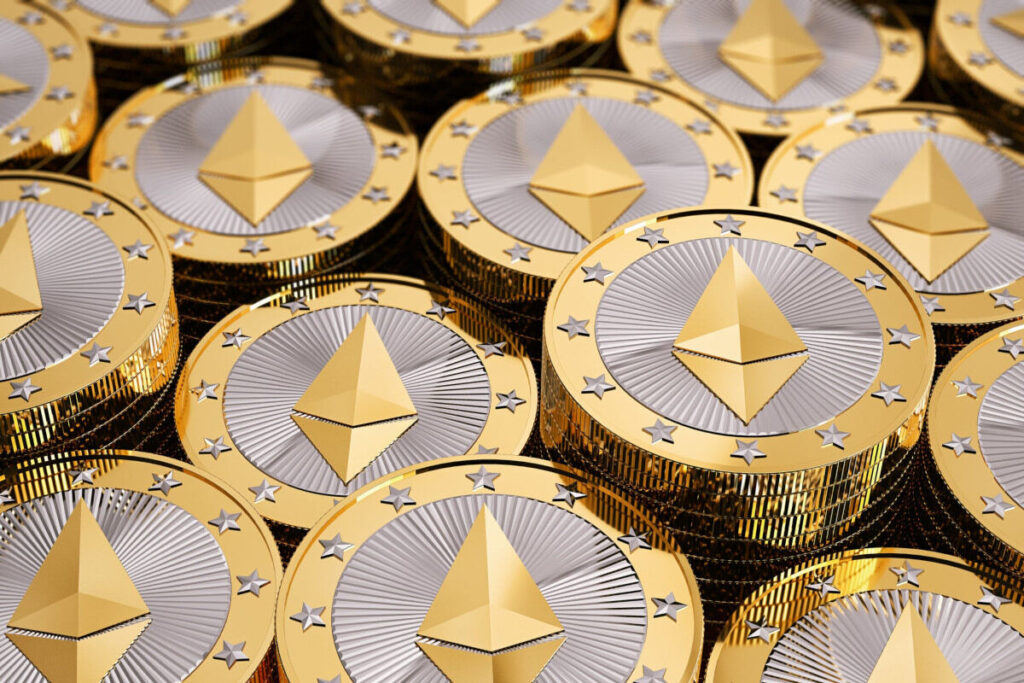
Why are fashion’s upcoming NFT projects using BTC instead of ETH?
The past year has seen the crypto and web3 realms teetering on a thin edge. Think your digital art piece is the next big thing? A recent scoop from dappGambl has a reality check for you – a whopping 95% of NFTs? Basically digital dust. With cryptos like Bitcoin taking a hit and even giant brands like Nike watching their NFT game slide, what’s the real score?
Let’s dive into the upcoming NFT projects and see whether or not these NFT projects can bring the industry back to prominence!

High Fashion Holds the High Ground
Despite the NFT downfall, the world of luxury fashion hasn’t loosened its grip on digital exclusivity. Louis Vuitton, with a sprinkle of Pharrell magic, has showcased stunning trunks, merging the real with the digital. Prada, not one to be left behind, turned NFTs into golden tickets for their Milan extravaganza.
Ian Rogers, the genius who bridged the gap between Apple’s digital offerings and LVMH’s luxury universe, is all in for this transformation. Currently at Ledger, a crypto wallet firm, he’s weaving his experience to battle crypto’s unpredictable tides. The brand’s upcoming product, the Ledger Stax, is expected to be a game-changer by the end of 2023.
“High-end brands move fast and think faster,” says Rogers. They spot trends, adapt, and aren’t just selling products, but experiences. Whether it’s an exquisite timepiece or a coveted NFT, the buying drive remains constant – an investment for the future.

Web3: Beyond the Initial Hype
For Rogers and Pascal Gauthier, Ledger’s CEO, the crypto crashes and sinking NFTs values signal the end of web3’s first act. But from the ashes, authentic applications will rise. “It’s about shedding the fluff,” Rogers explains. Instead of headline-grabbing tales of digital monkeys skyrocketing, brands like LVMH and partners are working on real-world business approaches using NFTs.
Starbucks, for instance, shifted its loyalty program to a blockchain setup. It’s seamless, minus the crypto jargons and hassle. Gauthier believes it’s not just luxury brands that can harness this, but any brand aiming for meaningful customer engagement.
The downside? The human toll of the crypto plummet has been heavy, with tales of folks losing everything in ill-fated NFT adventures. But change is in the air. The U.K. and U.S. are introducing laws to oversee the sector, ensuring better transparency and safety for crypto transactions.
“During boom times, even seasoned investors can make rookie mistakes,” Gauthier reflects. “Quick riches allure, but if it’s too good to be true, it usually is. Regulation is the way forward.”

Reality Check: The Digital Bubble and Beyond
Imagine this: tens of thousands of NFTs, once the shiny new kids on the tech block, endorsed by celebs, artists, and even Melania Trump, are now deemed practically worthless. A study by dappGambl paints a stark picture – out of 73,257 NFT collections, 69,795 have zero market value. A chilling 95% of NFT holders are left with zilch.
Fast rewind to 2021, when NFTs were the talk of the town. Mega sales, celebs diving in, and jaw-dropping prices. Who can forget when Sina Estavi forked over nearly three million for Jack Dorsey’s inaugural tweet as an NFT? Or when the former First Lady launched her digitally artful gaze as part of her NFT repertoire?
However, as the market shifts, caution becomes the name of the game. The craze has overshadowed potential risks, leading to notable losses for many. The report also emphasizes the ecological toll of the NFT minting process, which is akin to yearly emissions of over 2,000 homes.
Yet, amid the fluctuations, experts believe NFTs have a role in the future tapestry. To truly shine and hold value, they need historical significance or undeniable utility. As we navigate the intricate dance of the digital domain, one question remains: are we on the cusp of a new, genuine digital renaissance or merely watching another bubble burst?



